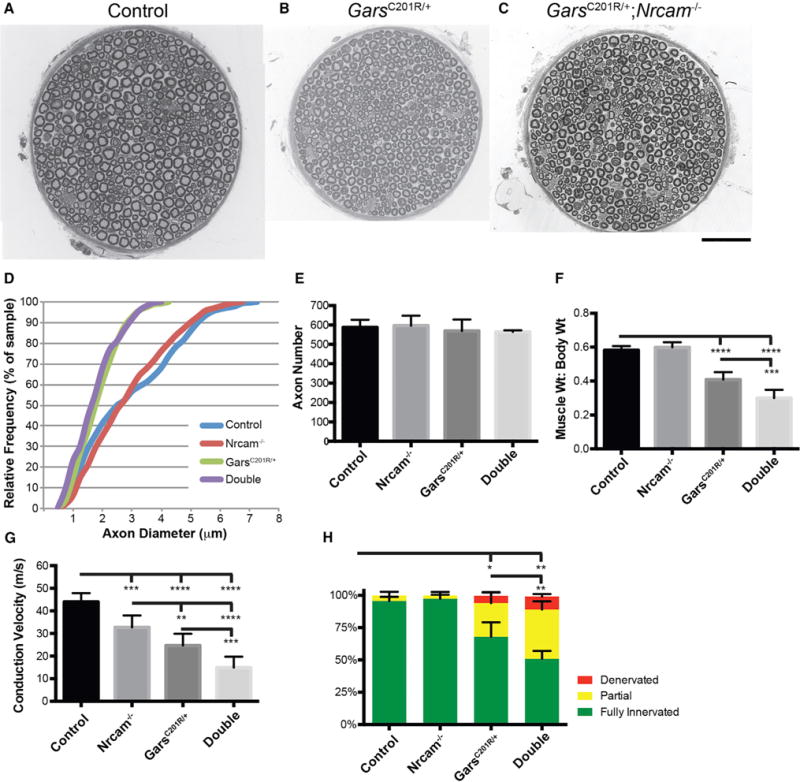Figure 4. Axonal Neuropathy Is Exacerbated by Loss of Nrcam.

(A–C) Cross-sections of the motor branch of the femoral nerve were examined for 3-month-old wild-type (A, shown as a montage), GarsC201R/+ (B), and GarsC201R/+; Nrcam−/− (C) mice.
(D) Axon diameters were reduced in GarsC201R/+ compared to wild-type and Nrcam−/− mice, with no further reduction in double mutants.
(E) Axon number was not reduced in any genotype.
(F) Muscle size was assessed by the ratio of muscle weight (g) to total body weight (g) (MW/BW*100) for the triceps surae. No change was observed in Nrcam−/− mice, but GarsC201R/+ mice showed reduced MW:BW. Double-mutant mice showed the largest reduction in MW:BW ratio.
(G) NCV was more severely reduced in double-mutant mice than in either single mutant.
(H) The GarsC201R/+ mice have reduced NMJ occupancy, with more partial innervation of NMJs, and some instances of complete denervation. NMJ occupancy was more severely reduced in double-mutant mice, whereas Nrcam−/− mice had no change in NMJ occupancy compared to controls.
(D) and (E) are based on eight mice per genotype, (F) on seven control, seven Nrcam−/−, nine GarsC201R/+, and eight double-mutant mice, (G) on eight control, seven Nrcam−/−, nine GarsC201R/+, and nine double-mutant mice, and (H) on eight control, six Nrcam−/−, seven GarsC201R/+, and four double-mutant mice. Values for (E)–(H) are mean ± SD. Animals were 3 months of age, and an approximately equal mix of male and females were used. *p < 0.05, **p < 0.01, ***p < 0.001. Scale bar in (C), 50 μm for (A)–(C).
